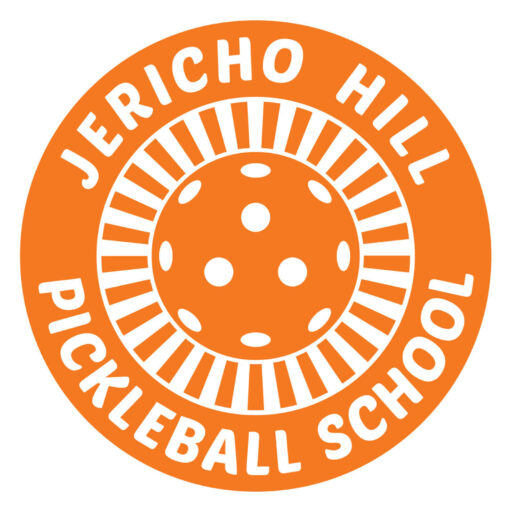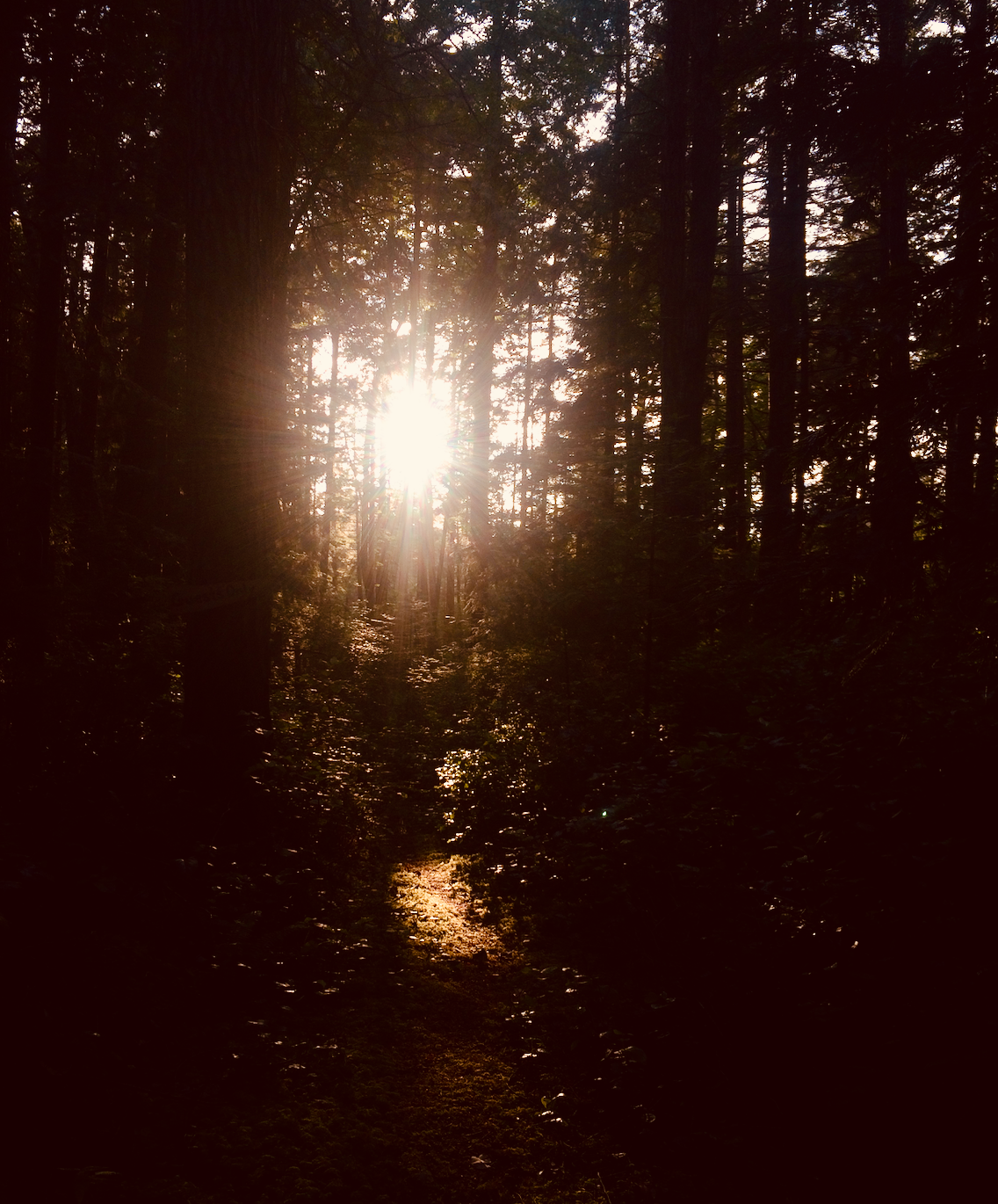
The Jericho Hill Pickleball School was formed as something of a last resort. A refuge for a rather peculiar set of ideas which never quite found traction within the prevailing West Coast zeitgeist.
Their notion of pickleball was Utopian. Mostly Utopian.
Those drawn to the school, particularly, through the late 1960s, fell into two general groups.
The first group was obsessed with physical movement. In pickleball, they saw a cosmically untapped range of motion, unrivalled by yogis and samurais, with the potential to erase conventional notions of age, gender—and even the body itself.
The second group was consumed by physical space. In pickleball, they saw a Platonic ideal of architecture—an answer to Arthur Erickson’s question of context. You could pull pieces of an entire pickleball court out of your rucksack and, for a few hours, transform the abandoned inches of a city into a stadium, breathing with life.
Between these two groups, a precipitous synergy formed.
They practiced pickleball not on traditional courts, but on surface parking lots and forgotten alleyways; atop the roofs of downtown office towers; in the rust and weeds of neglected neighbourhoods. At the same moment Guy Debord’s Situationist International movement had come to define unitary urbanism before the Paris riots, pickleball came to represent a radical expression of Pacific Northwest psychogeography.
At which point a third group entered the fold. And here, the school’s history becomes hazy. For this neo-pagan faction, the pickleball player was neither yogi nor samurai, but a nimble forest creature. And the pickleball court was not a vision of liminal space, bridging disparate social thresholds, but a dialogue with nature. Play became increasingly feral. Courts were drawn into the darkest thickets of unincorporated lands. The 1975 mixed doubles championship was contested inside a mossy rectangle lined by liberty cap mushrooms beneath a wild canopy woven from ancient vines as November rains lashed off the Salish Sea. Balls became pine cones. Paddles were sitka spruce branches. The score was not called, but chirped and howled. The physical space and movement became so rarefied, it was as if the practitioners had dropped off the face of the earth. In the wind, late at night, you might hear the patter of balls, but never see a game.
Thus began the rise of disc sports around Jericho Beach. Hopscotch. Hoola hoop. Bicycle polo. Kiteboarding. Open water swimming. Lululemon. Yoga. And Japadog. Jericho Hill Pickleball became more rumour than game. And finally just a myth.
Over the years, different attempts were made to lure the Jericho School out of the weeds. To no avail. But still we call to them.
The club, which exists today, part experiment, part folie á deux, strives to invoke the best instincts of those early Jericho Hill idealists. Pickleball won’t save the world on its own. But we believe it will bring the neglected inches of a city back to life. And remind our neglected bodies how to move sublimely with those around us.
